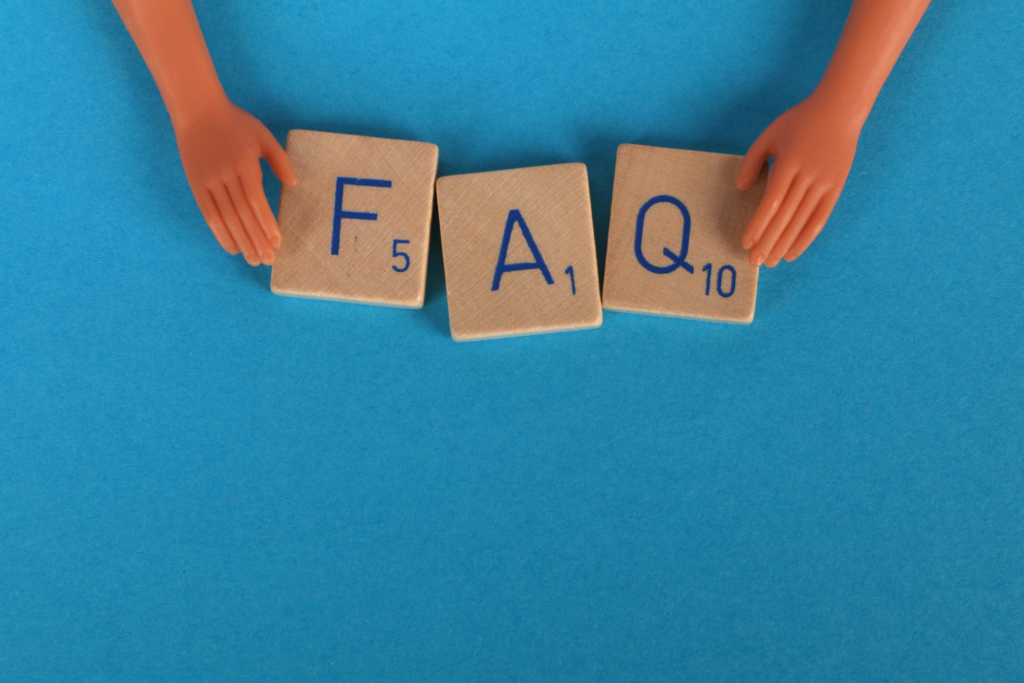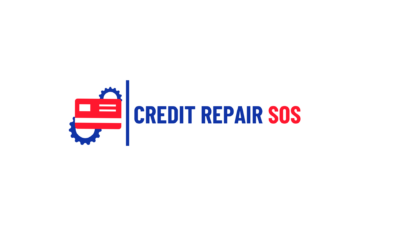
A charge-off on your credit report can feel like a roadblock to financial progress. It drags down your credit score and may limit your ability to obtain credit. The good news is, that there are ways to remove charge-offs from your credit report or at least reduce their negative impact. This article will explain what a charge-off is, how it affects your credit, and the steps you can take to remove charge-offs from your credit report.
This post contains affiliate links, which means I may receive a small commission, at no cost to you, if you make a purchase through a link.
What is a Charge-Off?
A charge-off happens when you fail to make payments on a debt for several months—usually six months or more. When this happens, the creditor writes off the debt as a loss, considering it unlikely that you will pay it back. However, even though the creditor marks the debt as a loss, you still owe the money, and they can continue to try collecting it through a collections agency or legal action.
Charge-offs are serious marks on your credit report. They lower your credit score significantly and can remain on your report for seven years from the date of your first missed payment. This means they can affect your ability to get new credit for a long time unless you take steps to remove charge-offs from your credit report.
Can a Charge-Off Be Removed?
Yes, it is possible to remove charge-offs from credit your report, but it requires effort and a proper approach. It’s important to avoid unethical or illegal methods, such as paying companies that claim they can erase the charge-off instantly. Legitimate strategies involve checking your report for errors, negotiating with creditors, and potentially settling the debt.
How To Remove Charge-offs From Your Credit Report
1. Check Your Credit Report
The first step is to get a copy of your credit report. You can get a free report from each of the three major credit bureaus—Equifax, Experian, and TransUnion—at AnnualCreditReport.com. Check your reports for the following:
- Incorrect account balance
- Wrong dates for missed payments
- Accounts listed as charged-off when they were paid
If you find any mistakes, you can dispute them with the credit bureau.
2. Dispute Inaccurate Charge-Offs
If the charge-off is inaccurate, you can file a dispute with the credit bureau that reported it. Do the following:
- Gather evidence to support your dispute, such as bank statements or payment receipts.
- Submit the dispute via mail.
- Wait for the bureau to investigate. They have 30 days to respond.
If the investigation shows that the charge-off is incorrect, it will be removed from your credit report.
3. Negotiate a Pay-for-Delete Agreement
A pay-for-delete agreement is when you negotiate with the creditor to pay off the debt in exchange for them removing the charge-off from your credit report. Here’s how to approach it:
- Contact the creditor and explain your situation.
- Offer to pay the debt in full or a portion of it if they agree to remove the charge-off.
- Get the agreement in writing before making any payments.
Keep in mind that creditors are not required to agree to a pay-for-delete, but it’s worth trying because it can remove the charge-off entirely.
4. Settle the Debt and Request an Update
If a pay-for-delete is not an option, you can still settle the debt. Settling means paying less than the full amount owed, but it closes the account.
Once you settle the debt, ask the creditor to update your credit report to reflect that the debt has been paid or settled. While this won’t remove the charge-off, it will show that you no longer owe the money, which can improve your credit score over time.

What If You Can’t Remove the Charge-Off?
If you can’t remove the charge-off, don’t lose hope. You can still take steps to improve your credit:
- Build a positive credit history: Start using credit responsibly by paying all your bills on time. Consider getting a secured credit card to rebuild your credit.
- Keep credit utilization low: Try to keep your credit card balances below 30% of your credit limit.
- Monitor your credit regularly: Keep an eye on your credit report to ensure no new errors appear and to track your progress.
With time, the negative impact of the charge-off will lessen, especially if you are building positive credit.
Common Mistakes to Avoid
Here are some common mistakes people make when dealing with charge-offs:
- Ignoring the charge-off: Hoping it will go away on its own is not a good strategy. Without action, it will remain on your report for seven years.
- Paying without negotiating: Simply paying the charge-off won’t remove it from your report. Always try to negotiate terms first.
- Falling for scams: Be wary of companies that promise to remove charge-offs instantly for a fee. Legitimate credit repair takes time and effort.

FAQs About Charge-Offs
How long does a charge-off stay on your credit report? A charge-off remains on your credit report for seven years from the date of the first missed payment.
Does paying a charge-off improve your credit score? Paying a charge-off won’t remove it, but it can improve your credit score slightly by reducing your overall debt.
Can multiple charge-offs be removed at once? Yes, if you follow the steps outlined above for each charge-off, you may be able to remove or resolve multiple charge-offs.
Dealing with a charge-off can be stressful, but it’s not impossible to overcome. By checking your credit report, disputing errors, negotiating with creditors, and staying persistent, you can improve your credit over time. Remember, rebuilding credit is a marathon, not a sprint, so be patient and stay committed to improving your financial future.
